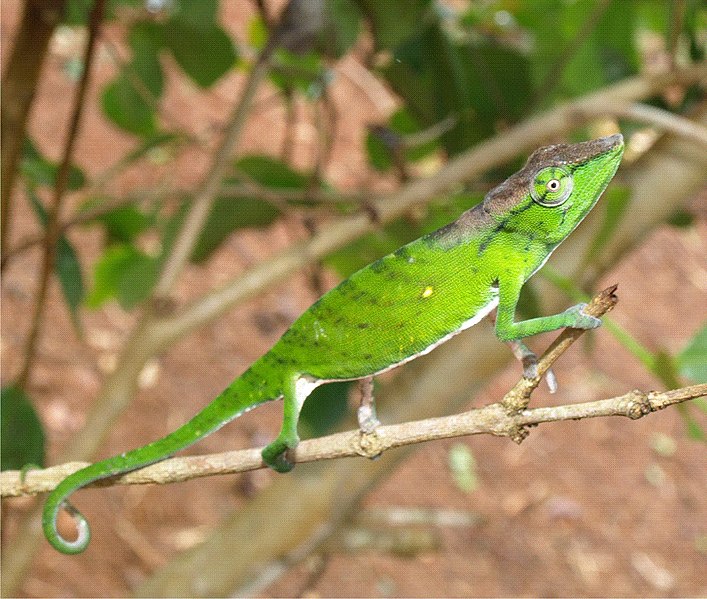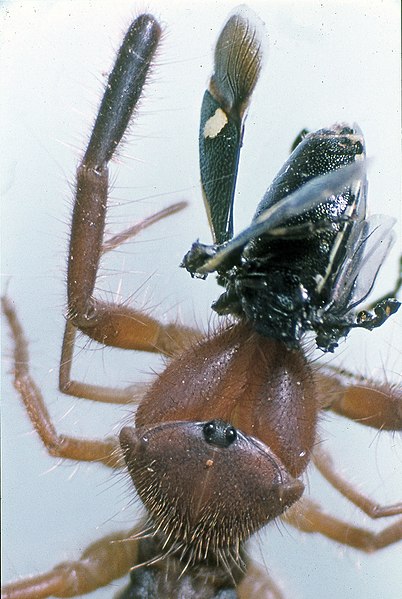 Unfortunately, animal abuse is a serious and surprisingly common problem in the USA. The applicable laws vary from state to state, and it can be difficult to determine which agency is responsible for enforcement. Regulatory agencies are often under-funded, so many rely upon citizen complaints. It is important, therefore, that concerned people learn how to proceed when they suspect that animal abuse is taking place. This is especially true where reptiles and amphibians are concerned, as they draw less interest than mammals, and mistreatment is difficult to detect by the inexperienced. Please be sure to post your own observations below, and let me know if you need help in deciding how to report a problem.
Unfortunately, animal abuse is a serious and surprisingly common problem in the USA. The applicable laws vary from state to state, and it can be difficult to determine which agency is responsible for enforcement. Regulatory agencies are often under-funded, so many rely upon citizen complaints. It is important, therefore, that concerned people learn how to proceed when they suspect that animal abuse is taking place. This is especially true where reptiles and amphibians are concerned, as they draw less interest than mammals, and mistreatment is difficult to detect by the inexperienced. Please be sure to post your own observations below, and let me know if you need help in deciding how to report a problem.
State Law
Animal abuse is a crime every state in the USA, and most aspects of the problem are controlled by state law. This results in a confusing array of widely differing statutes and enforcement policies. Details, such as what constitutes abuse and how the laws are actually enforced, vary from state to state. Until recently (July, 2012), for example, an Indiana “festival” that allowed participants to twist off the heads of turtles for public amusement was held not to violate state law (please see below)! In some states, live Tiger Salamander larvae are legally used as fish bait (please see this article), while in others they are protected as an endangered species. Read More »
 That Reptile Blog – Reptile, Amphibian and Exotic Pet Care and Information
That Reptile Blog – Reptile, Amphibian and Exotic Pet Care and Information




